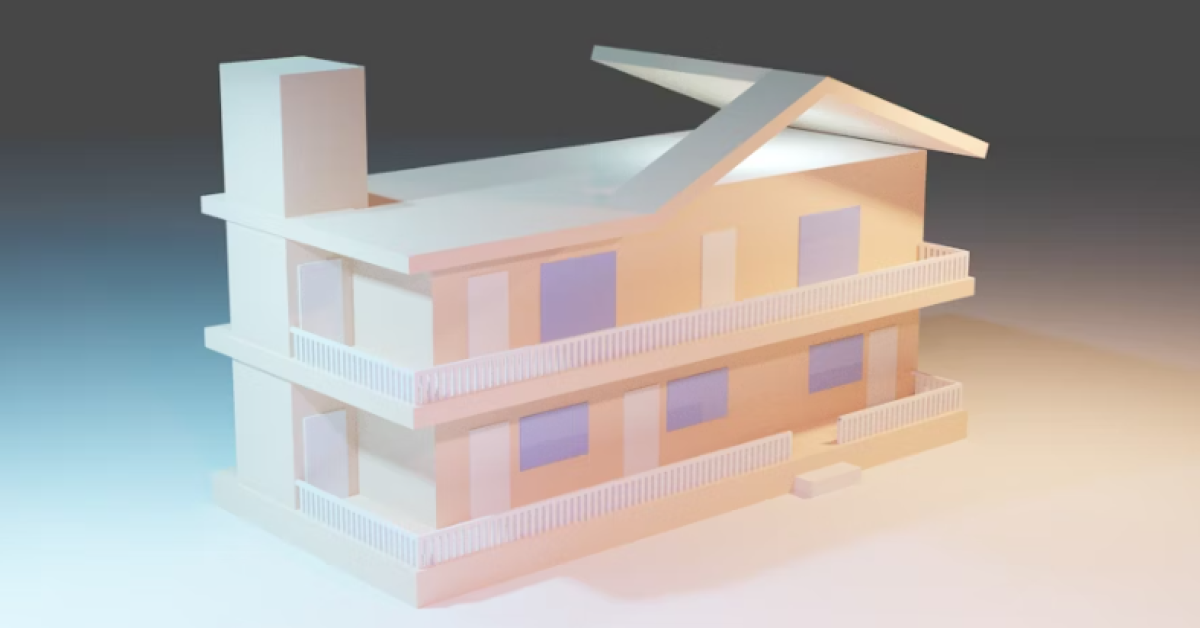3D Visualizer Architecture Meets AI: The Future of Visualization

Apartment 3D model toy-Ashin K Suresh-https://unsplash.com/
3D Visualizer Architecture Meets AI: The Future of Visualization
Not long ago, architectural visualization was defined by long nights of rendering, manual adjustments, and the relentless pursuit of realism. The hum of computers filled the studios, and every shadow or reflection was a matter of precision and patience. Today, a quiet revolution is unfolding — one where artificial intelligence stands not as a replacement, but as a creative partner for 3D visualizers. The once slow and painstaking process of turning an architect’s vision into an image is now accelerated by algorithms that can imagine, predict, and enhance like never before.
The Rise of AI in 3D Visualization
Artificial intelligence has rapidly become the invisible assistant in architectural visualization studios worldwide. From AI-driven rendering engines to automated lighting simulations, the technology has begun rewriting how visualizers work. Instead of spending hours tweaking every reflection, professionals now train AI models to understand materials, environments, and light behavior — allowing more time for creativity and storytelling.
Automation Meets Artistry
For many 3D artists, AI does not steal the brush; it sharpens it. Intelligent tools like neural rendering and procedural generation simplify repetitive tasks, freeing the artist to focus on design intent and emotion. Software now learns how an architect visualizes space — predicting what style of lighting or texture might best communicate a concept — transforming visualization into a dialogue between human intuition and digital intelligence.
How AI Enhances the Architect’s Workflow
Architects and visualizers are discovering that AI does not merely optimize workflow — it expands creative capacity. By automating technical steps, it makes visualization more about vision and less about process.
- Smart material mapping: AI systems recognize materials and apply textures automatically, saving time on manual assignments.
- Automated lighting correction: Algorithms adjust exposure and contrast to match the intended mood or time of day.
- Generative environment design: AI generates realistic surroundings — trees, roads, or cityscapes — that fit architectural context.
- Predictive rendering: Machine learning models anticipate rendering errors and correct them before final output.
Learning from Real-World Studios
Several architecture firms are already embracing this evolution. In London, boutique studios use AI-powered render engines to deliver competition visuals in half the time. In Tokyo, visualization teams train AI to match a client’s preferred color palette based on historical project data. Across the globe, small firms gain the same speed and polish once reserved for big-budget projects — democratizing the craft of visualization itself.
AI as a Storytelling Partner
Visualization has always been about storytelling — transforming plans and elevations into spaces that evoke feeling. AI introduces a new dimension to that story. Through generative design, visualizers can explore dozens of atmospheric scenarios before settling on one. An AI engine might test different lighting moods or predict how daylight would interact with certain materials in real time, offering insights that once required extensive post-production work.
Human Emotion in a Machine’s Eye
Despite its precision, AI still lacks human sentiment. That’s where the visualizer’s artistry remains irreplaceable. A skilled 3D artist knows how to infuse warmth into a cold render, or how to capture the quiet nostalgia of morning light in an unfinished building. AI can simulate the physics of light, but not the poetry of it — and therein lies the balance that defines the future of architectural visualization.
Challenges and Ethical Dimensions
As AI integrates deeper into creative workflows, it also raises essential questions. Who owns an image generated partly by machine learning? How much of a design remains human when algorithms propose forms and materials? These concerns echo through design studios as professionals seek to maintain authorship while leveraging automation. Some warn of visual homogenization — that too much AI could make every render look the same — while others argue that true creativity lies in how humans interpret and direct these intelligent systems.
Reinventing the Visualizer’s Role
The job description of a 3D visualizer is evolving. No longer limited to mastering software, today’s professionals must understand data, machine learning, and human-computer collaboration. The next generation of visualizers will be part artist, part technologist — capable of crafting immersive narratives using tools that think alongside them.
The Fusion of Design and Data
In forward-thinking firms, design decisions are now influenced by predictive analytics. An AI might suggest a material palette that improves sustainability or a composition that enhances visual impact. This fusion of design and data gives birth to smarter, more responsible architecture — visualizations that are not just beautiful, but meaningful.
Looking Toward a Smarter Tomorrow
As AI matures, it will continue to blur the line between imagination and simulation. The visualizers of tomorrow may guide AI engines like art directors — defining atmosphere, tone, and feeling while the system handles the heavy computation. The process of architectural storytelling is becoming less about static renders and more about dynamic, intelligent visual experiences. The fusion of 3D visualization and artificial intelligence marks not the end of artistic craft, but its rebirth in a new digital frontier.
